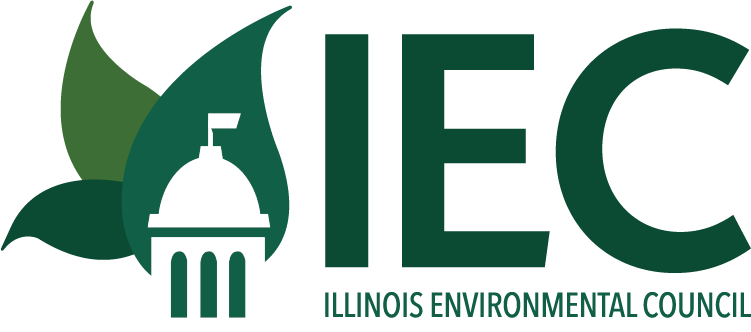Renewable energy advocates point to a 2021 law and state dollars as reasons for optimism in a challenging time.
Illinois Shines, the state’s incentive program for on-site and community solar, is funded through a dedicated line item on ratepayer electric bills, noted Samira Hanessian, director of energy policy for the Illinois Environmental Council, an umbrella group for a range of state-based advocacy organizations.
Illinois Solar for All, a state program designed to help low- and moderate-income households go solar, is funded through the state’s 2021 jobs act and its 2016 Future Energy Jobs Act. The initiative also receives a portion of a federal grant from EPA’s Solar for All program.
“We are seeing a massive boom through community solar—anything through the Illinois Shines program has been a success,” said Hanessian. “There is a track record of solar in the state, and we are ripe for making progress. It just comes down to cost and time with other renewable energy resources. Where it may take 30 years to stand up a new nuclear plant, we can get solar established much faster.”
But it’s up to the state to keep pushing now that the federal government is reversing course, officials with the Illinois Environmental Council say. Solar advocates faced a setback when the Illinois General Assembly failed to pass the Clean and Reliable Grid Affordability Act in the spring session, which ended May 31. The legislation would have supported grid-enhancing innovations, new energy storage, a virtual power plant program and an office of energy modeling tasked with forecasting future renewable energy demands.
Continued demand for solar gives Hanessian of the state environmental council reason for optimism. In 2024, Illinois’ new solar capacity was surpassed only by California, Florida and Texas, according to the Solar Energy Industries Association.
The state’s 2016 and 2021 energy jobs laws are key reasons for that, Hanessian said. The earlier law created both Illinois Shines and Illinois Solar for All.
Funding isn’t the only headwind for the clean-energy transition. Electricity-hungry data centers are driving demand for faster energy development, even as renewables wait in a long queue to connect to the regional grid.
But funding does matter. And for now, Illinois has sufficient dollars to keep expanding its solar initiatives, Hanessian said. Illinois’ renewable portfolio standard, or RPS, serves as the state’s metric for tracking its green energy goals, she added.
“When it comes to renewable energy projects that count toward the RPS, there is funding in place,” Hanessian said. “In broad strokes, we are doing a pretty great job in Illinois with solar. Whatever opportunities we can forage for ourselves to maintain this path and increase deployment, the better.”
Read the full story here.

